Your cart is currently empty!
Paintings
A film ‘Meet the artist’ created by Kaila Bolton. 2019 Duration: 4:46
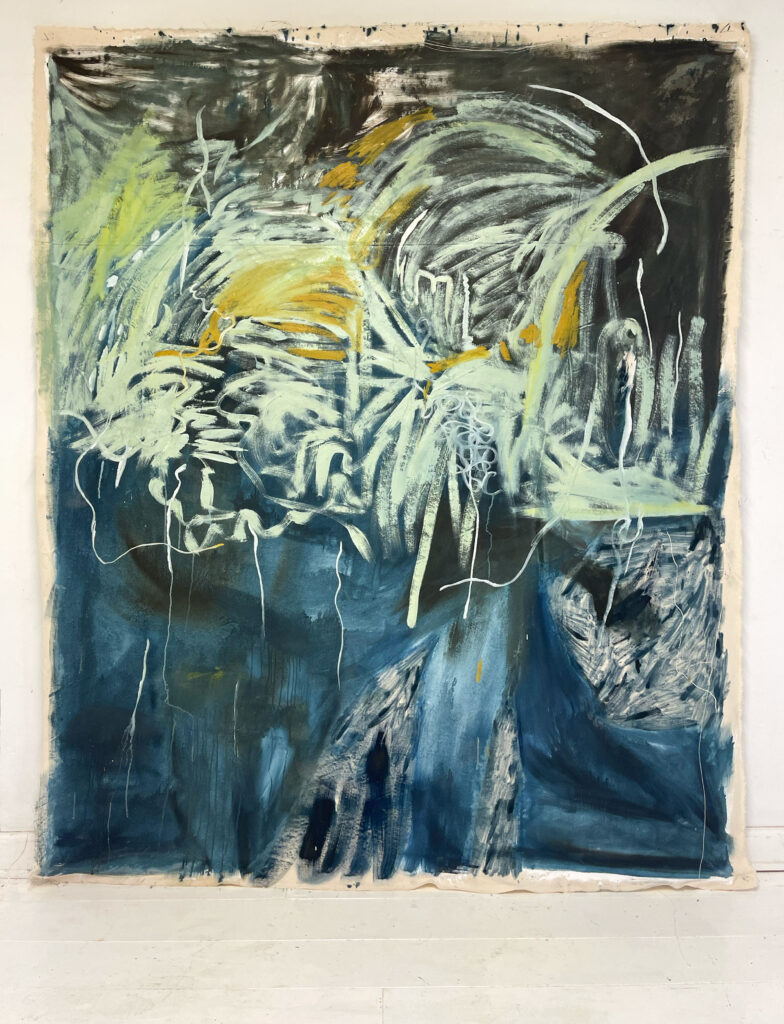
Oil on unstretched canvas
200 cm x 160 cm
2023
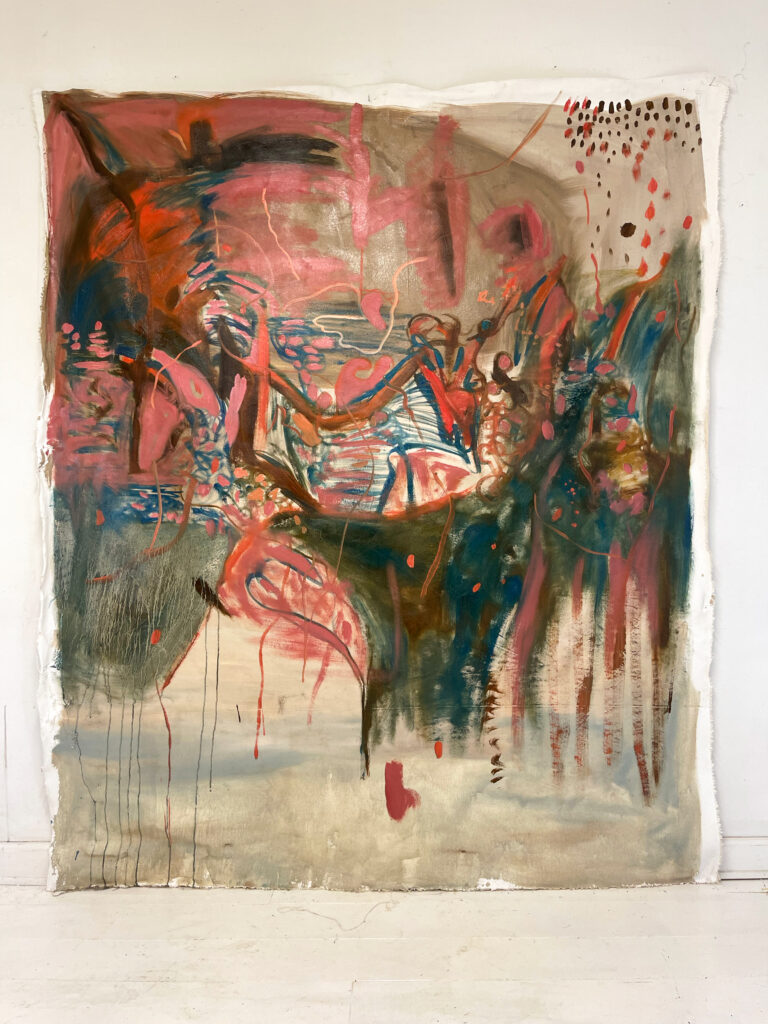
Oil on unstretched canvas
200 cm x 160 cm
2023
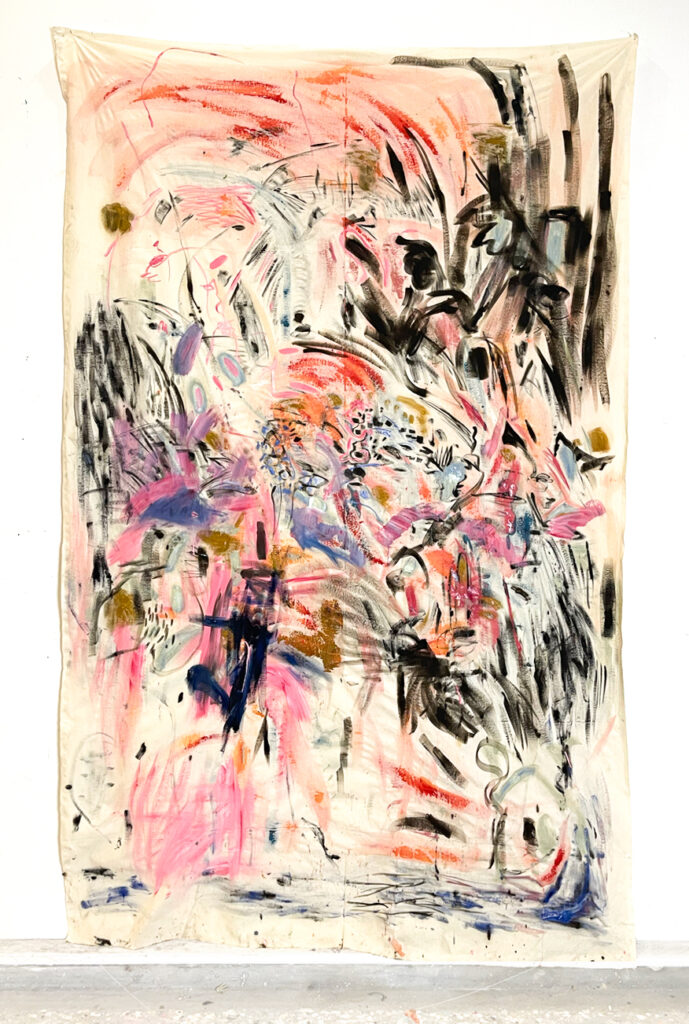
Oil on unstretched canvas
250 cm x 160 cm
2023
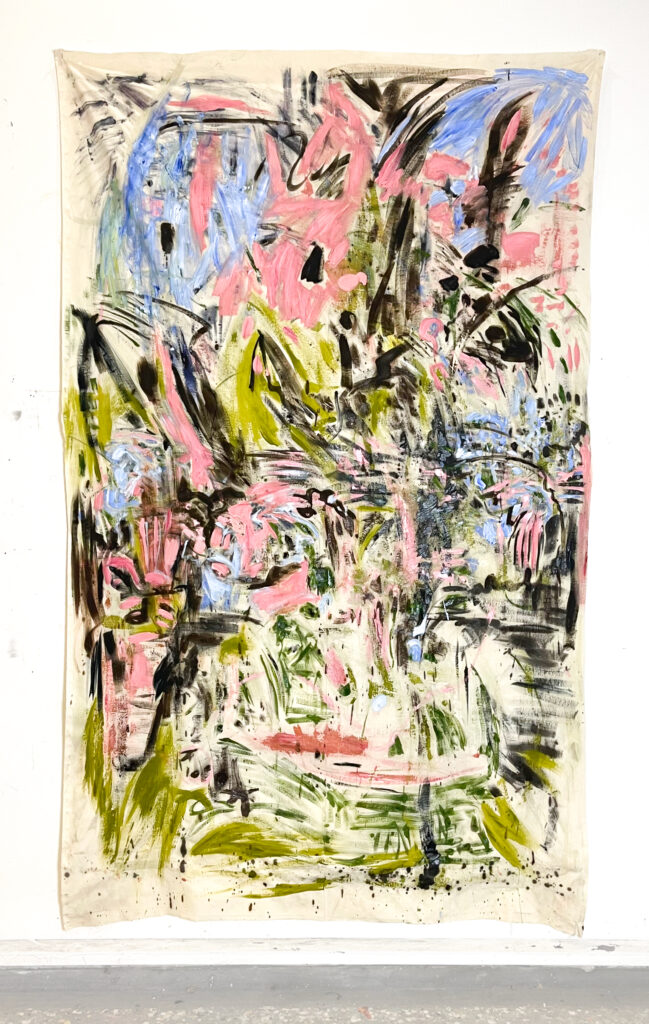
Oil on unstretched canvas
250 cm x 160 cm
2023
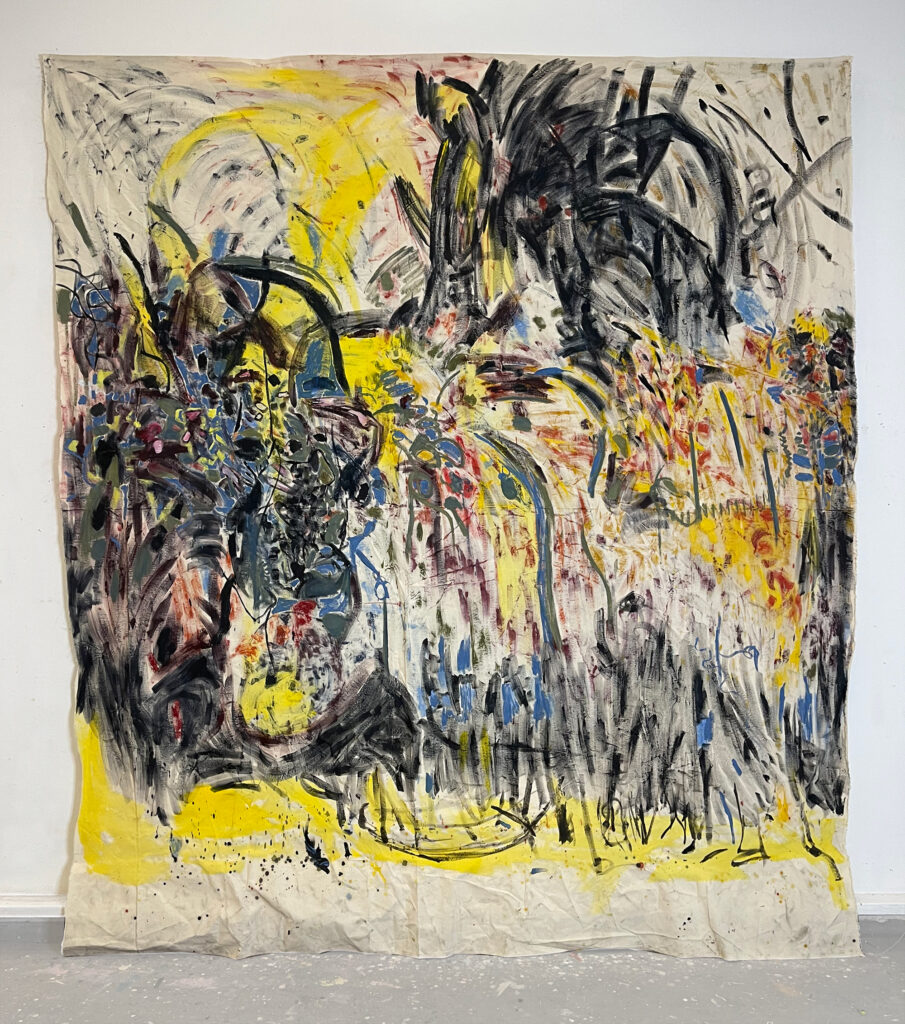
Oil on unstretched canvas
350 cm x 250 cm
2023

Oil on unstretched canvas
250 cm x 180 cm
2023
The Connection Between Painting and Intuition: A Holistic Approach
Painting is more than just an art form; it is a profound expression of the human experience, seamlessly blending the body, mind, and soul. Through the process of engaging with materials, artists tap into a deep well of intuition, fostering a holistic connection that transcends the ordinary.
At the heart of painting lies the interplay between the physical, mental, and spiritual realms. This triad forms the foundation of intuitive art, where each stroke of the brush becomes a dance of presence and awareness. The body, as the instrument of creation, channels the mind’s vision and the soul’s essence onto the canvas.
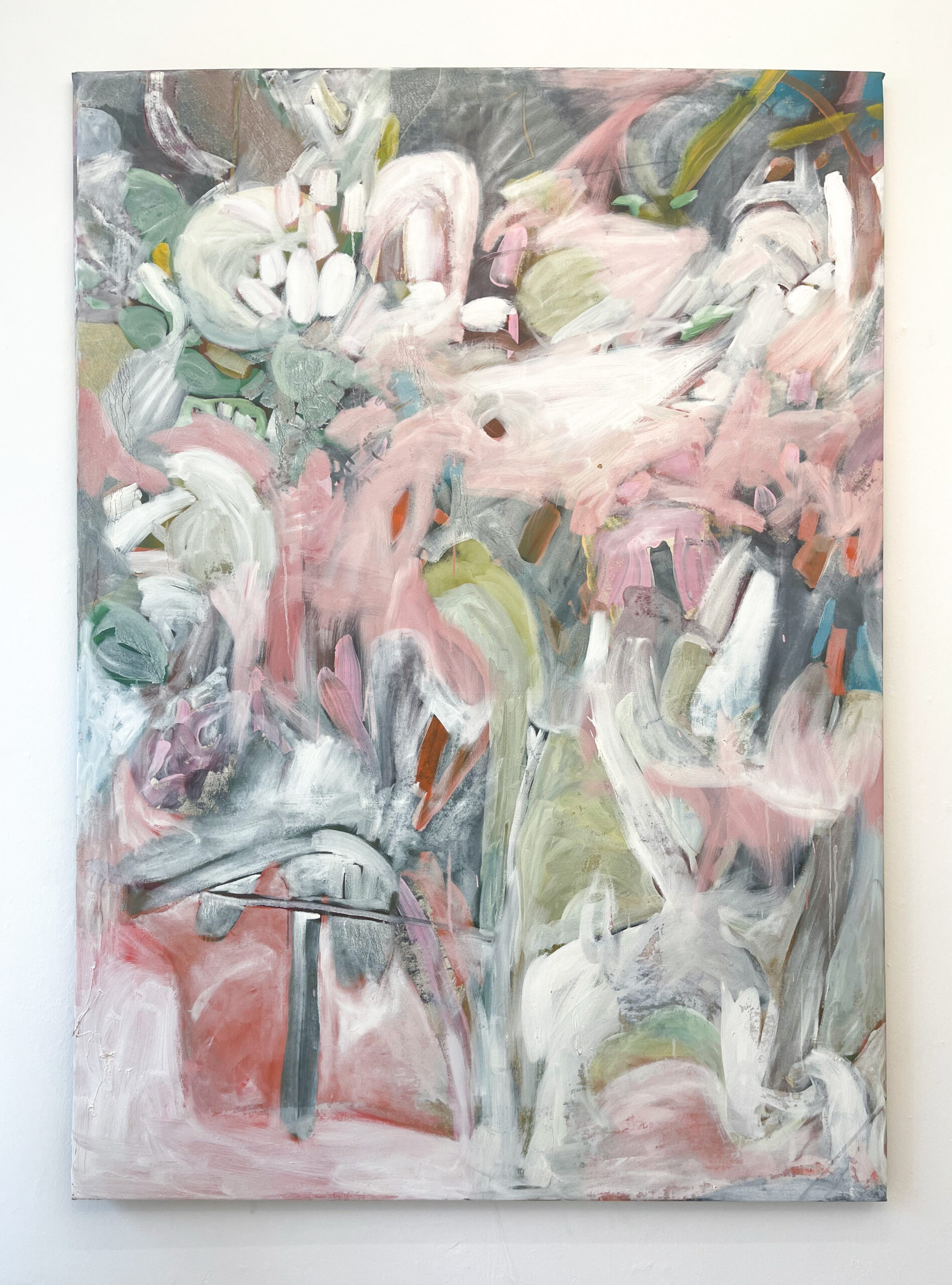
Untitled
Oil on canvas
190 cm x 160 cm
2022
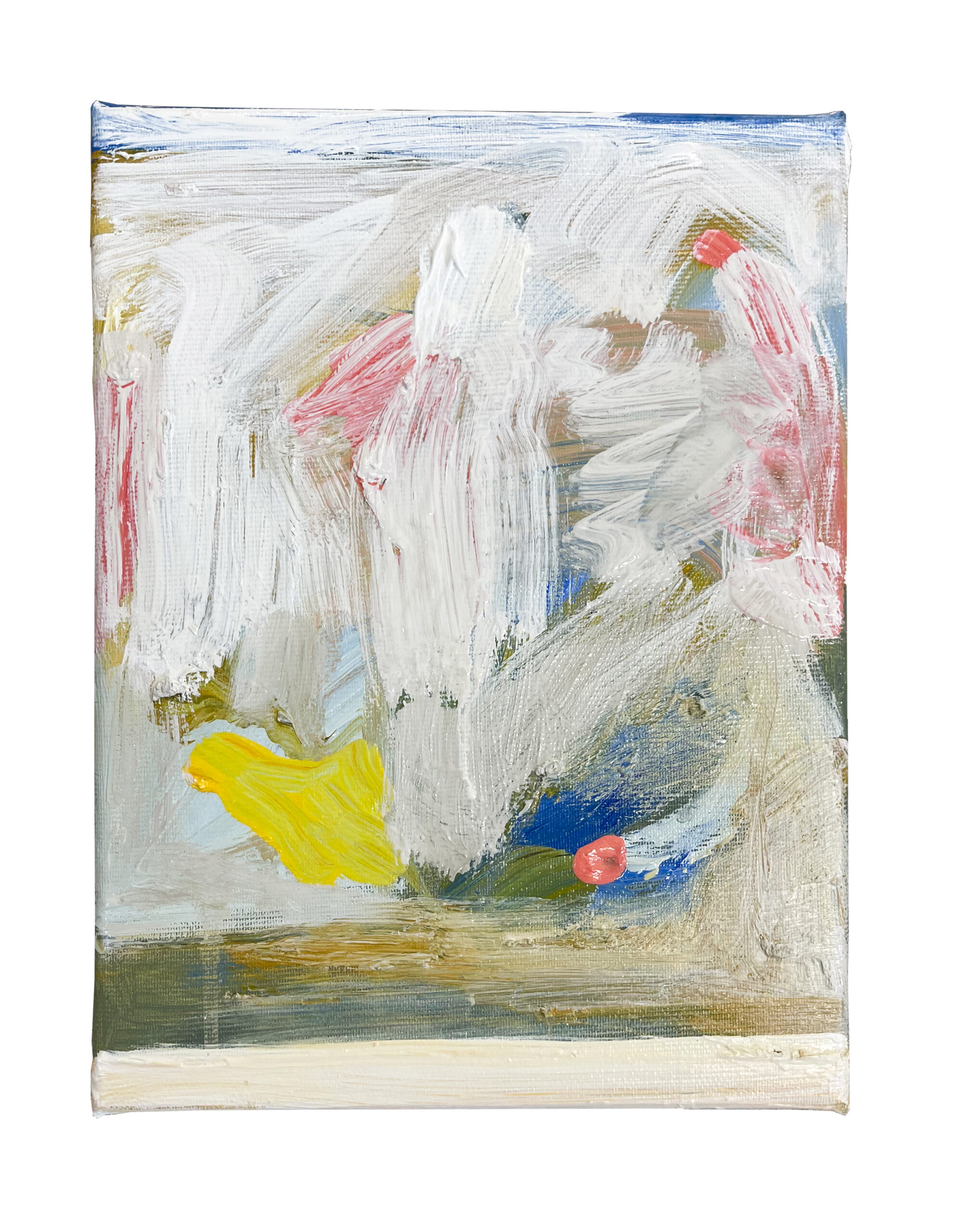
Untitled
Oil on canvas
24 cm x 18 cm
2022
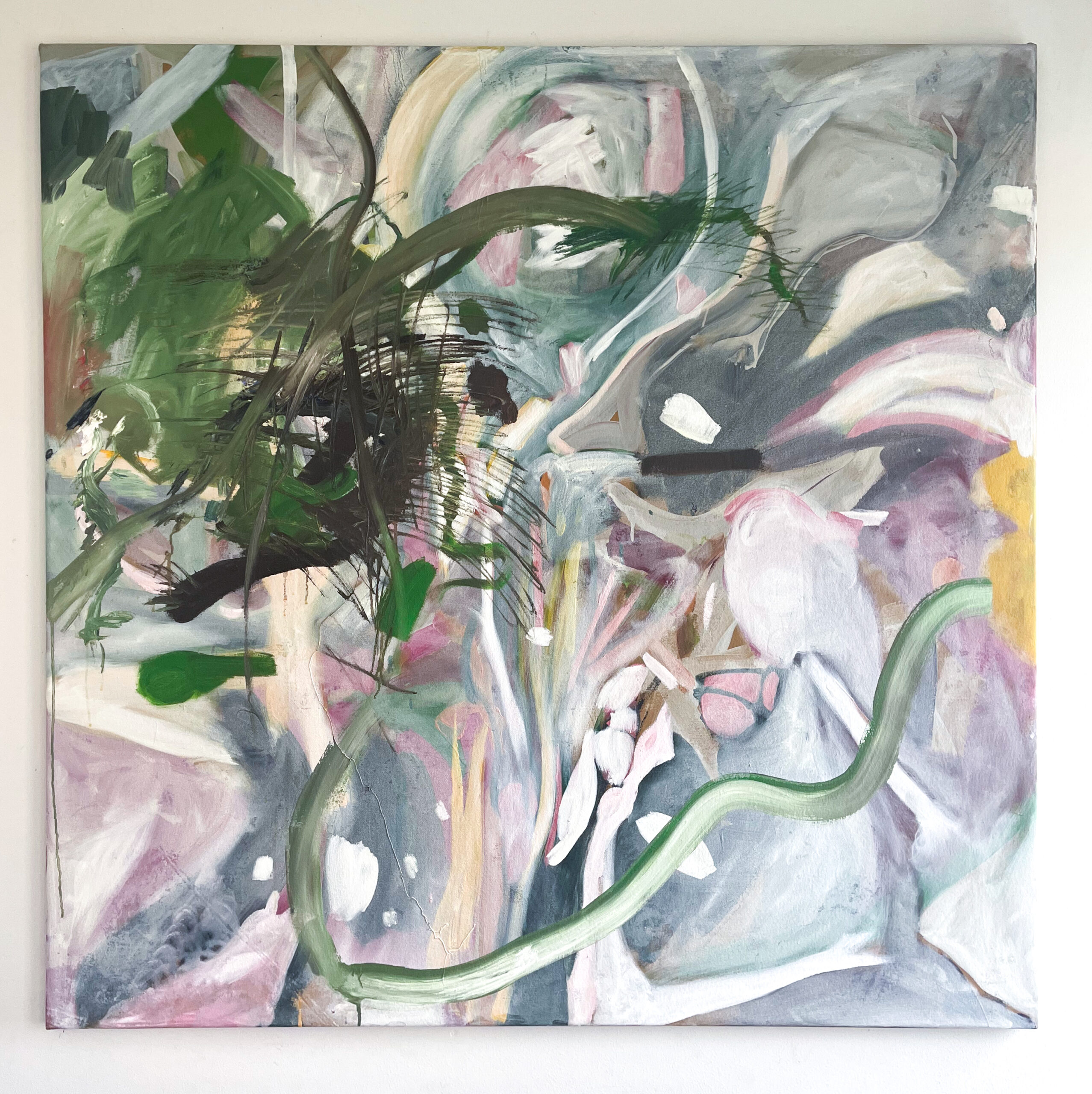
Untitled
Oil on canvas
130 cm x 140 cm
2022
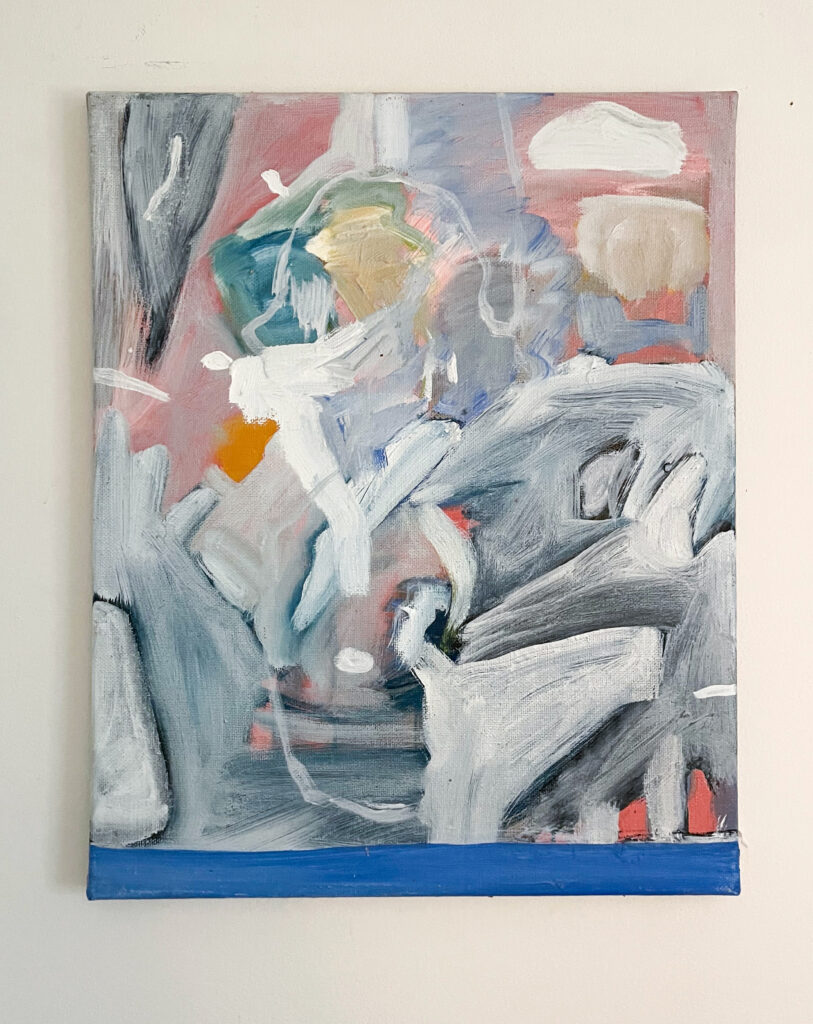
Sealine In Motion
Oil on canvas
80 cm x 60 cm
2022
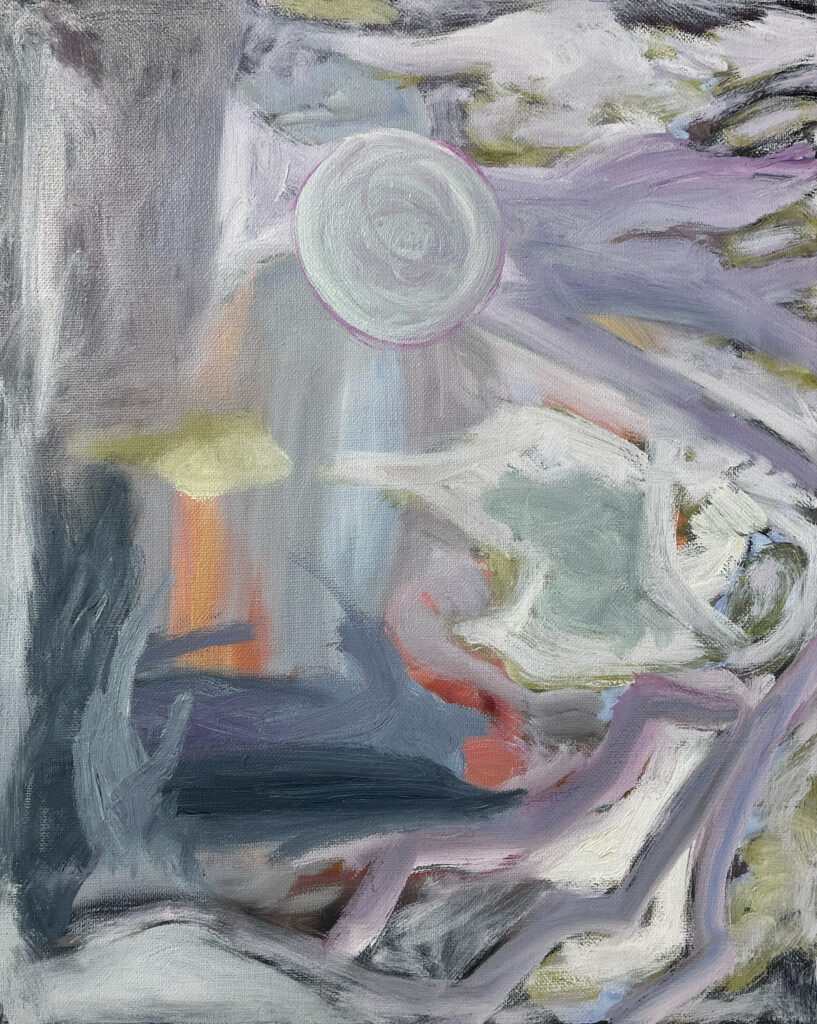
Untitled
Oil on canvas
60 cm x 40 cm
2022
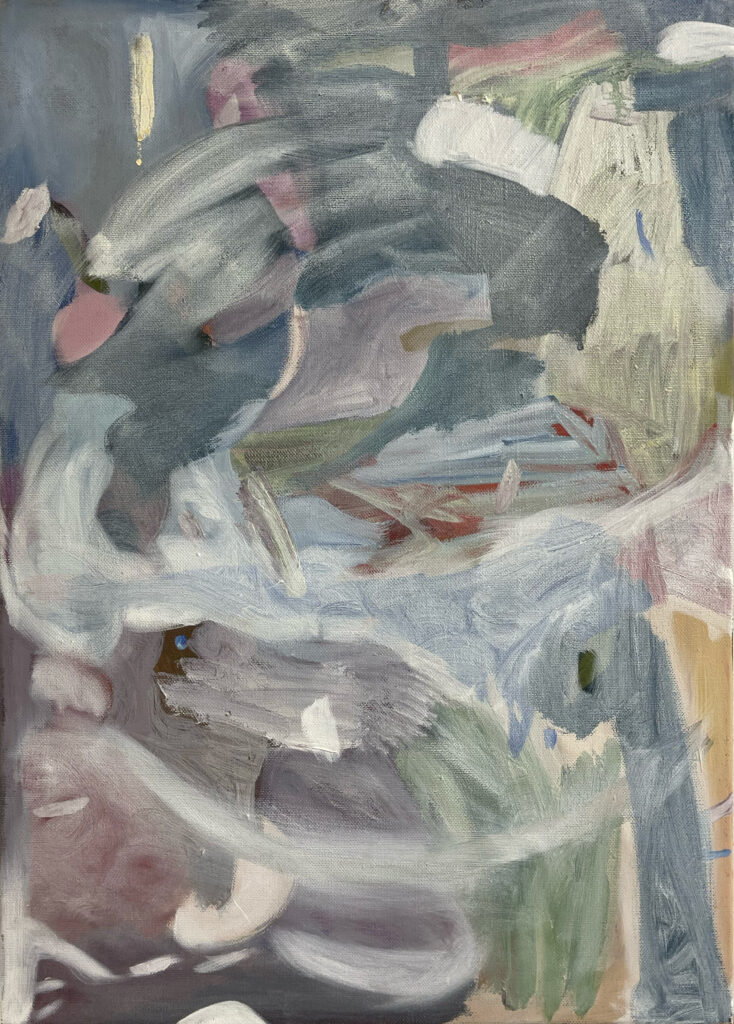
Untitled
Oil on canvas
80 cm x 60 cm
2022
The Body
The physical act of painting requires a kinesthetic awareness that grounds the artist in the present moment. The tactile sensation of the brush against the canvas, the movement of the hand, and the choice of materials all play a crucial role in this embodied experience. Research suggests that engaging in creative activities can enhance fine motor skills and promote a state of flow, a term coined by psychologist Mihaly Csikszentmihalyi to describe a state of complete immersion and focus in an activity .
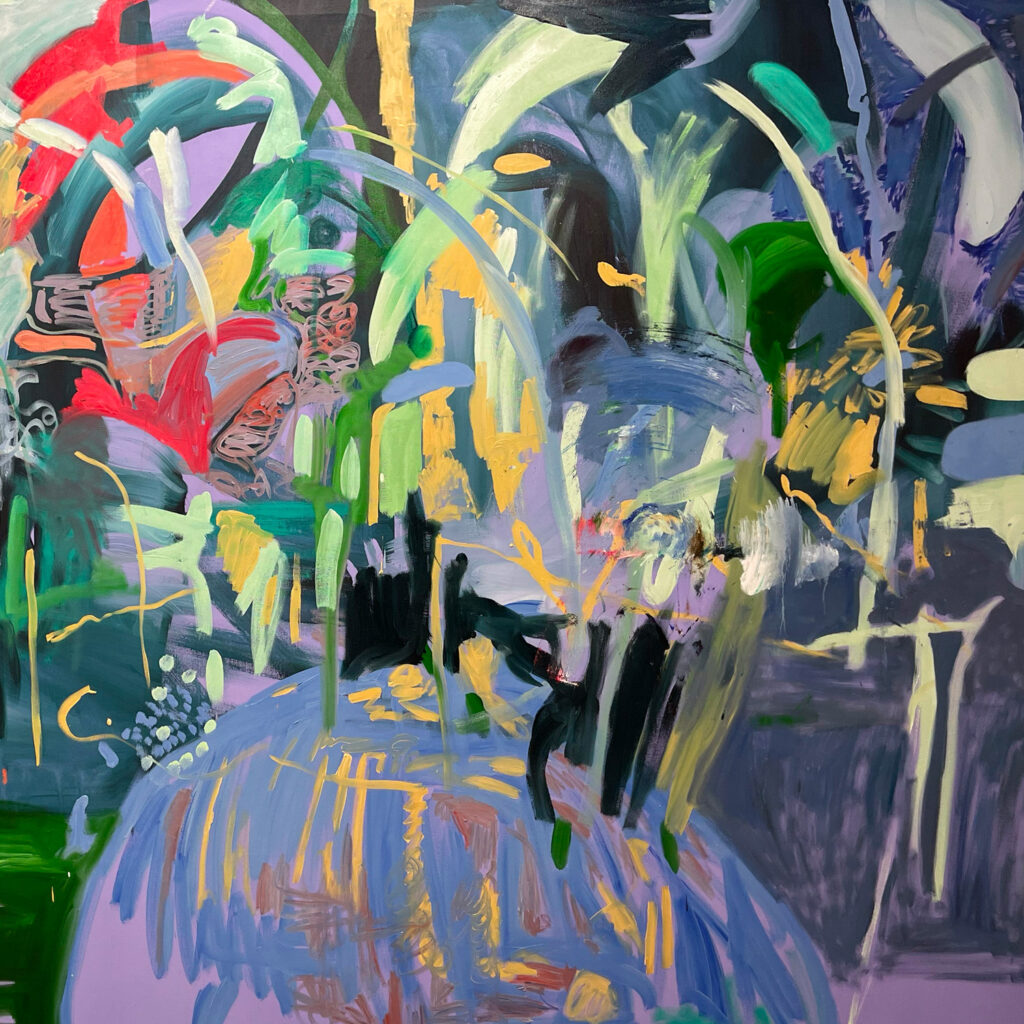
2018 – 2023
ABSTRACT EXPRESSIONISM
After dedicating almost a decade to creating figurative paintings, Drøschler embarked on a new artistic journey, transitioning to a series of abstract paintings.
The Mind
The mind’s role in painting is to conceptualize and plan, yet it must also remain open to spontaneity and serendipity. This balance between intention and intuition allows for a dynamic creative process. Studies in neuroscience have shown that artistic creation stimulates both hemispheres of the brain, fostering cognitive flexibility and emotional regulation . The mental engagement in art not only sharpens cognitive functions but also provides a therapeutic outlet for stress and anxiety.
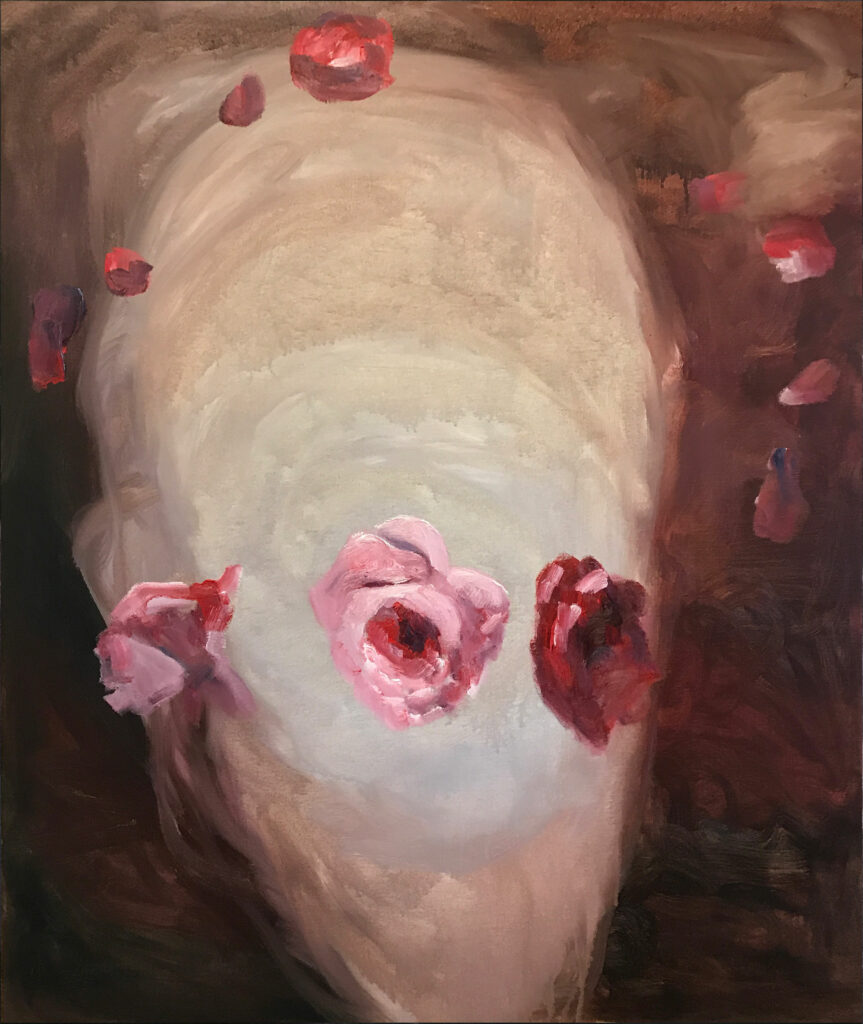
MEDITATION
FLOATING
In a series of paintings, Drøschler delves into the concept of defying gravity to capture a meditative state of presence
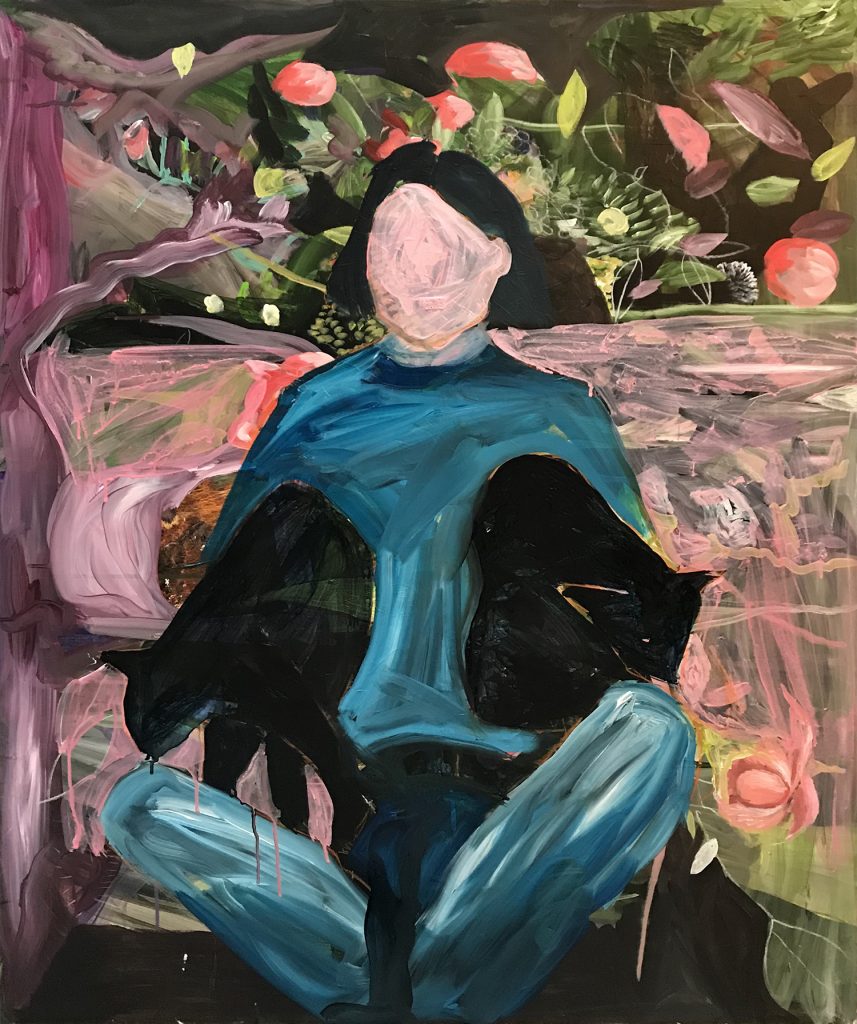
PAINTINGS 2010 – 2020
ARCHIVE
Drøschler’s remarkable level of productivity has resulted in an extensive body of work. Here, you can explore the evolution of her art over the years.
The Soul:
The soul, often perceived as the seat of intuition, infuses art with meaning and depth. It is through the soul’s expression that painting transcends mere technique, becoming a conduit for inner truths and universal themes. Carl Jung, a pioneer in psychology, emphasized the importance of the creative process in accessing the unconscious mind and fostering individuation, the journey towards self-actualization .
The Power of Presence
To harness the full potential of painting as an intuitive practice, presence is essential. This presence is a state of being fully engaged in the here and now, allowing the artist to connect deeply with the materials and the creative process. Mindfulness practices, such as focused attention and non-judgmental awareness, can enhance this state of presence, leading to more profound and authentic artistic expressions .
When an artist is present, they become a vessel through which creativity flows effortlessly. This state of flow not only enriches the artistic experience but also fosters a sense of well-being and fulfillment. In essence, painting becomes a meditative practice, a form of moving meditation that integrates the body, mind, and soul.
The connection between painting and intuition is a testament to the power of holistic engagement. By intertwining the physical act of creating, the mental processes of conceptualizing, and the soulful expression of inner truths, artists can tap into a profound source of intuition. This synergy not only enhances artistic outcomes but also promotes overall well-being, making painting a truly transformative practice.
In our fast-paced world, where distractions abound, the act of painting offers a sanctuary of presence and introspection. It invites us to slow down, tune in, and embrace the intuitive wisdom that resides within. Through painting, we discover the interconnectedness of body, mind, and soul, ultimately leading us to a deeper understanding of ourselves and the world around us.
References:
Csikszentmihalyi, M. (1990). Flow: The Psychology of Optimal Experience. Harper & Row.
Gazzaniga, M. S. (2000). The Mind’s Past. University of California Press.
Bolwerk, A., Mack-Andrick, J., Lang, F. R., Dörfler, A., & Maihöfner, C. (2014). How art changes your brain: Differential effects of visual art production and cognitive art evaluation on functional brain connectivity. PLOS ONE.
Jung, C. G. (1966). The Practice of Psychotherapy: Essays on the Psychology of the Transference and Other Subjects. Princeton University Press.